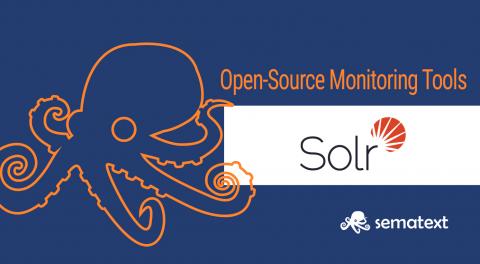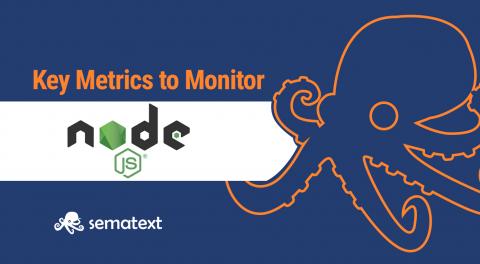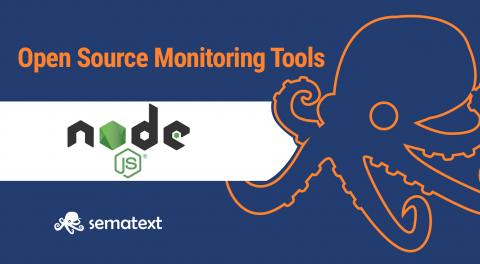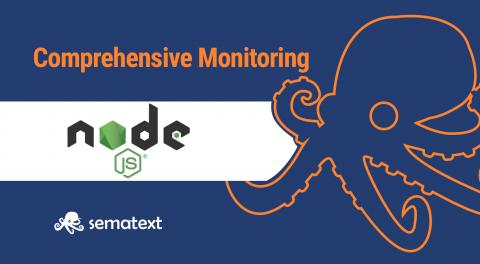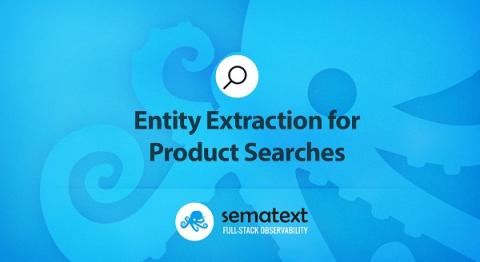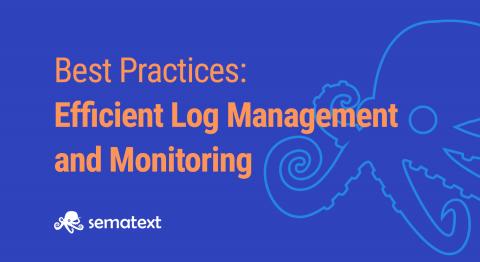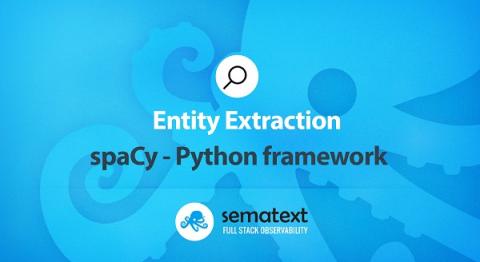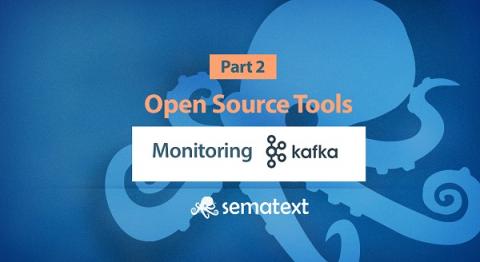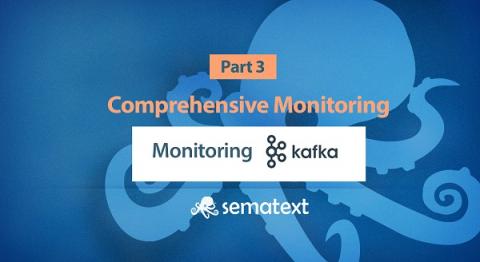Solr Open Source Monitoring Tools
Open source software adoption continues to grow. Tools like Kafka and Solr are widely used in small startups, ones that are using cloud ready tools from the start, but also in large enterprises, where legacy software is getting faster by incorporating new tools. In this second part of our Solr monitoring series (see the first part discussing Solr metrics to monitor), we will explore some of the open source tools available to monitor Solr nodes and clusters.


